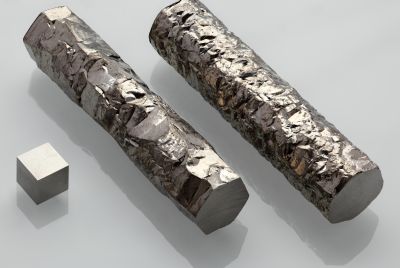Samsung Galaxy Note 4 Specs Package: IP 67 Rating, Android Lollipop, 4 GB RAM, 64-Bit Processor, OIS Camera, 4000 mAh Battery
Samsung already exposed some possible specs on the upcoming Galaxy Note 4 coming out around Q2 of 2014. But some buyers may be curious of what they will get out of the next generation Note phablet. So here are five important things Samsung should give Note 4.
IP 67 Rating at Least
Samsung started including dust and water resistances on their flagship devices with Galaxy S5. Galaxy Note lovers will expect that the company won't exclude IP 67 certification on the Note 4 on top of usual features such as S Pen and latest Android version.
Insiders are seeing the possibility to retain similar slim size of Note 3 on Galaxy Note 4 after an innovation regarding antennae technology which allows water resistance without compromising body size.
New Android OS
Google will hold an event on June 2014 and probably the first time for audience to see Android 4.5/5.0 or Lollipop. Once officially announced, Samsung may include the next-generation Android to Galaxy Note 4 similarly to what happened last year with Galaxy S4 and Note 3.
New OS means new features and Samsung will surely take advantage to impart more of their exclusive apps on Galaxy Note 4 including new S Pen functions, new multimedia editing and better ways to improve multitasking.
Bigger RAM
Exynos Infinity was announced at the Mobile World Congress 2014 and it features a new processor chipset with 64-bit support. Processors with 64-bit support enable the device to double up speed on loading of apps and writing data like in iPhone 5S. Also, 64-bit processor chips can maximise the memory or RAM more efficiently and usually functions better with bigger memory.
Galaxy Note 4 could feature 4 GB of DDR3 RAM at least if Samsung choose it to be powered by Exynos Infinity. It will have twice as much speed, doubled memory capacity and two-folds better on rendering graphics for online games and full 3D applications.
Camera Improvements
Galaxy S5 features video stabilisation and fast auto focus to prevent users from missing any great moments. However, S5 doesn't have optical image stabilisation and Samsung used ISOCELLL sensor to beat Backside Illumination or BSI instead.
Optical Image Stabilisation module is found other some notable smartphones from Nokia and LG to significantly reduce blur during photo capture and video recording. If based on Galaxy S5, we might see 16 to 20 MP rear camera with ISOCELL sensor, video stabilisation, dual shot, fast auto focus and HDR rich tone.
More Power
Everyone wants a long lasting smartphone and the 3500 mAh on Galaxy Note 3 is probably not enough to keep it going. Using a combination of 4000 mAh and Ultra Power Saving feature from Galaxy S5 on Note 4 may help boost significant battery life.
Galaxy Note 4 will get some increase on the screen size, more pixel density and more services to run, and upgrading the battery pack could be very useful. Do not forget that S5 features MIMO wireless technology to boost data connection using two Wi-Fi antennas and Wi-Fi plus LTE combined connectivity and if Note 4 sports the same thing, more power is required.





















